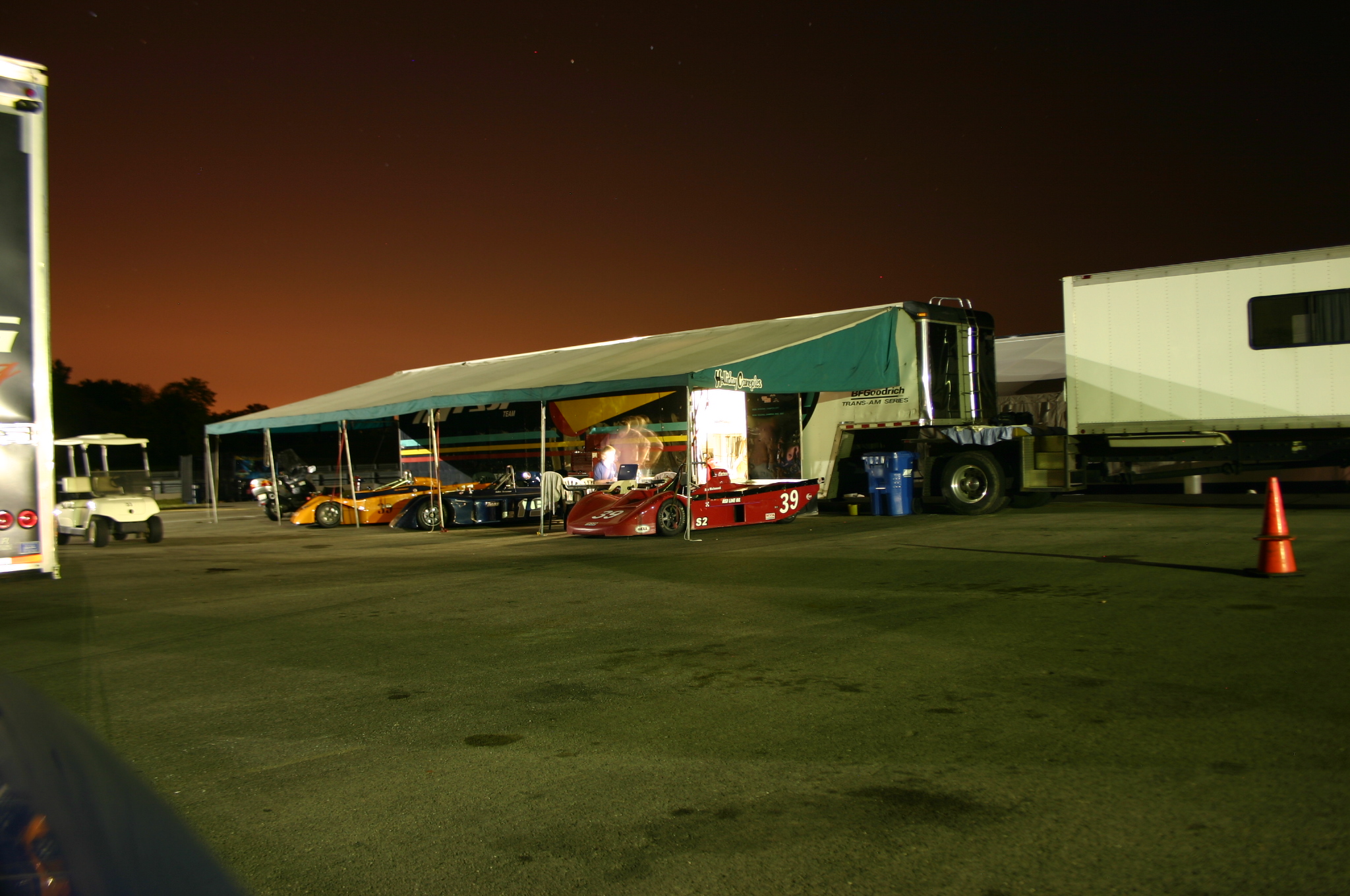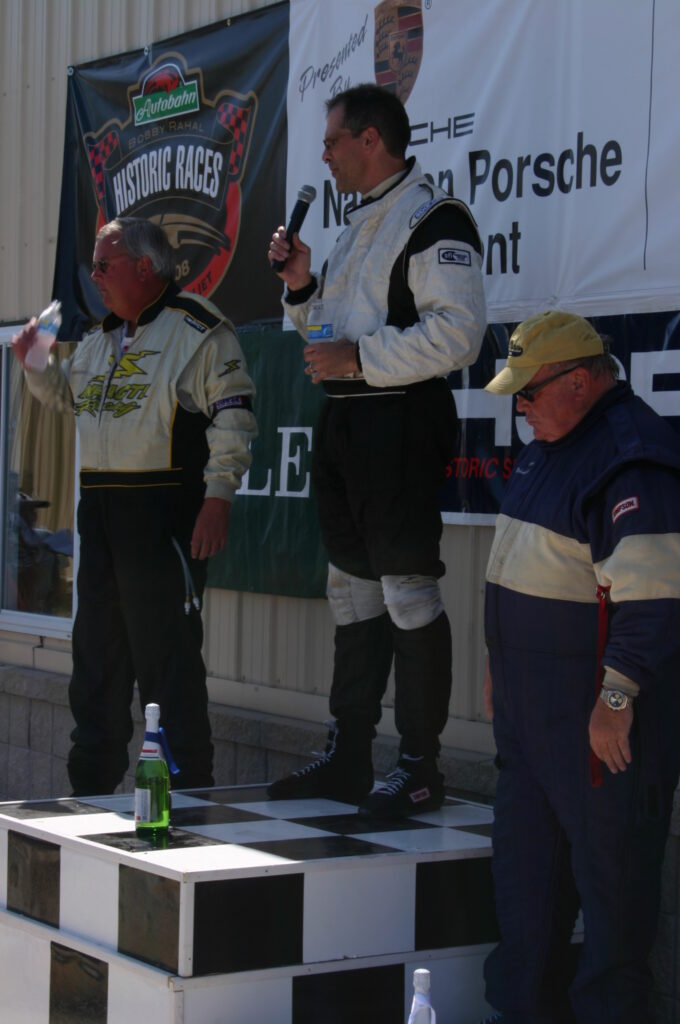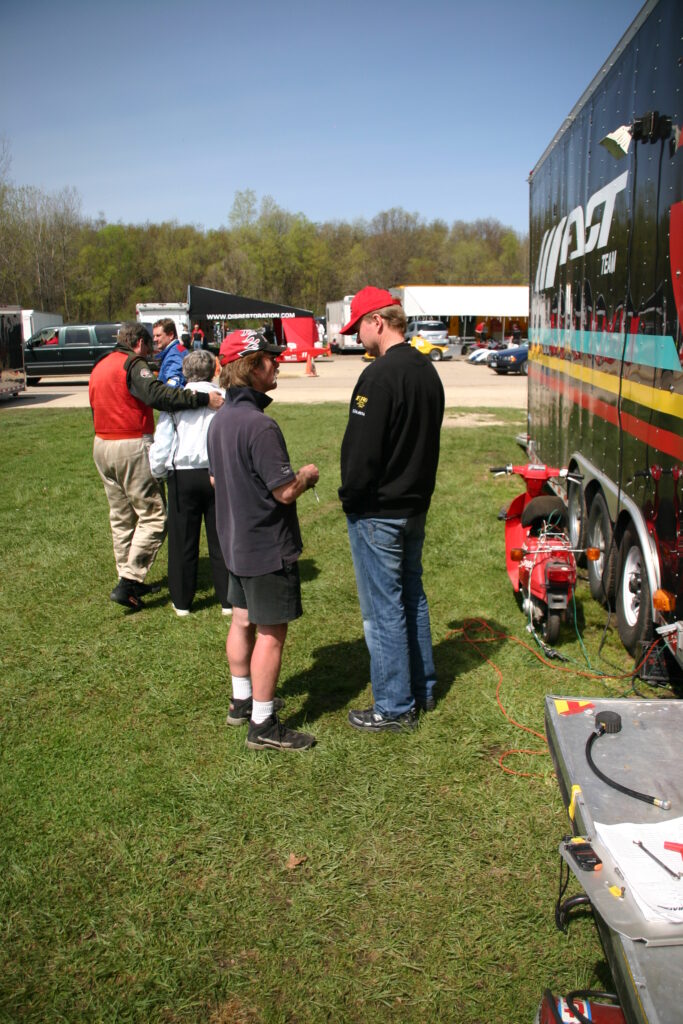In 2009 I posted on a racing forum asking if anyone would trade work in the shop for time in the seat of a racing car. A gentleman named Jim Kelley responded to my ad inviting me to his shop which was reasonably local, and by that I mean about 60 miles. That next weekend I found myself in a barn on an old farmhouse, stuffed to the gills wall to wall with racing bits, fabrication equipment, spare parts, and cars on cars.
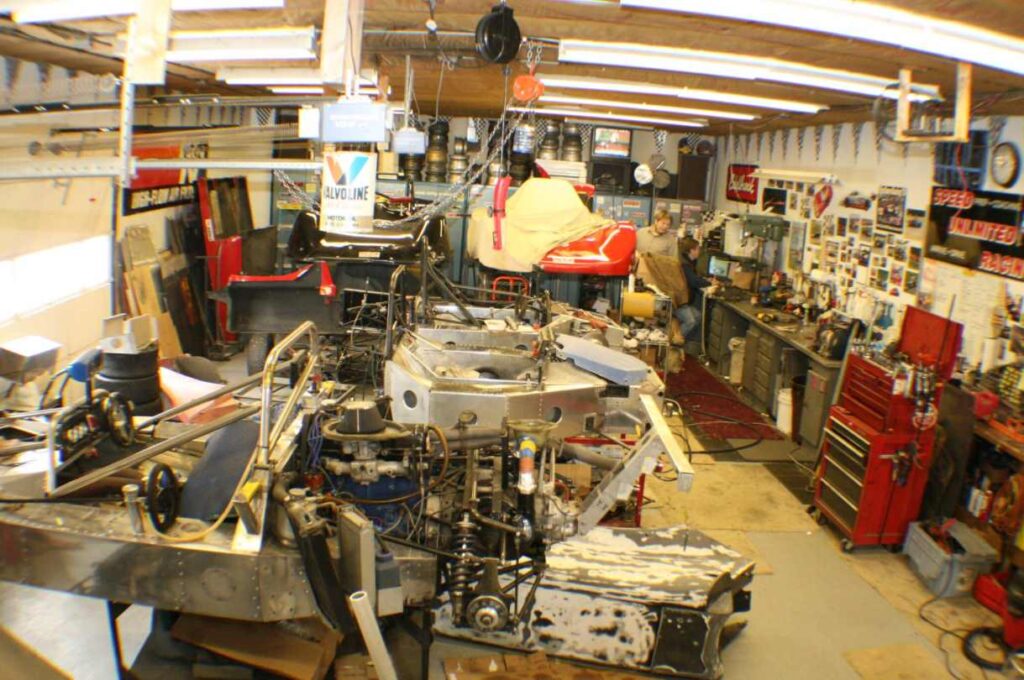
My first time meeting Jim he made it clear what he was about. He helps his drivers win and he knows how to win in these cars. His background couldn’t be disputed, he had been racing the Sport 2000 type cars since the 80s, including competing the pro series which at the time opened for US Grand Prix. With many wins and probably a championship, I can’t recall and the internet is surprisingly bad at caring about detailed near history.
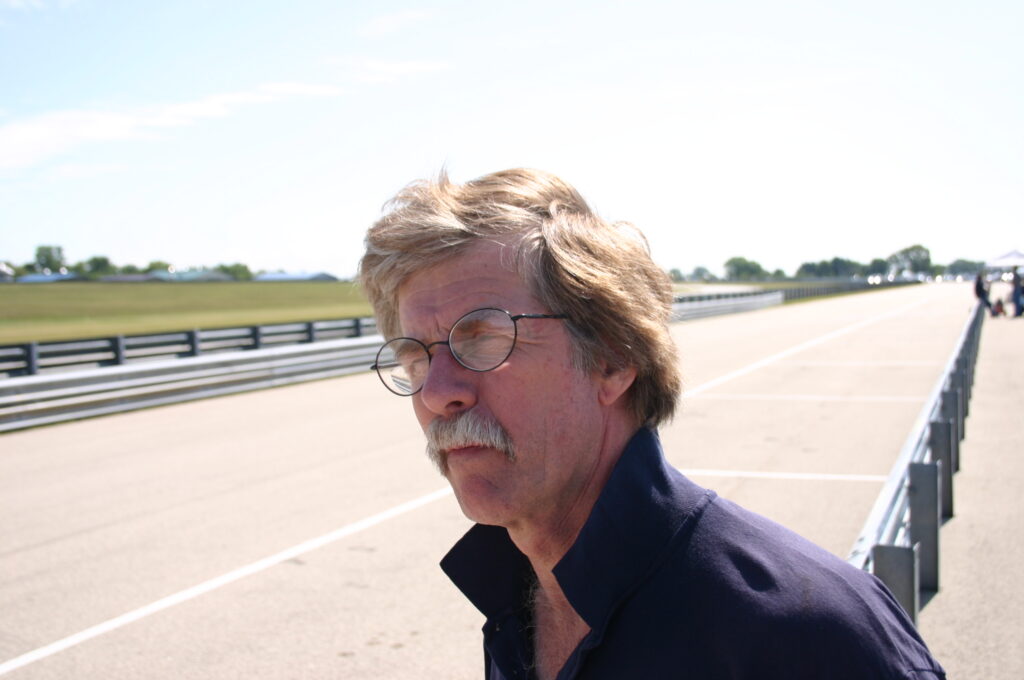
Jim continued racing Sport 2000’s even when starting his team Speed Unlimited Racing. He learned the cars, the class, the rules and most of all he spent hours and hours in the seat. These hours gave Jim a unique perspective on setup, handling and maximizing a car over weekend.
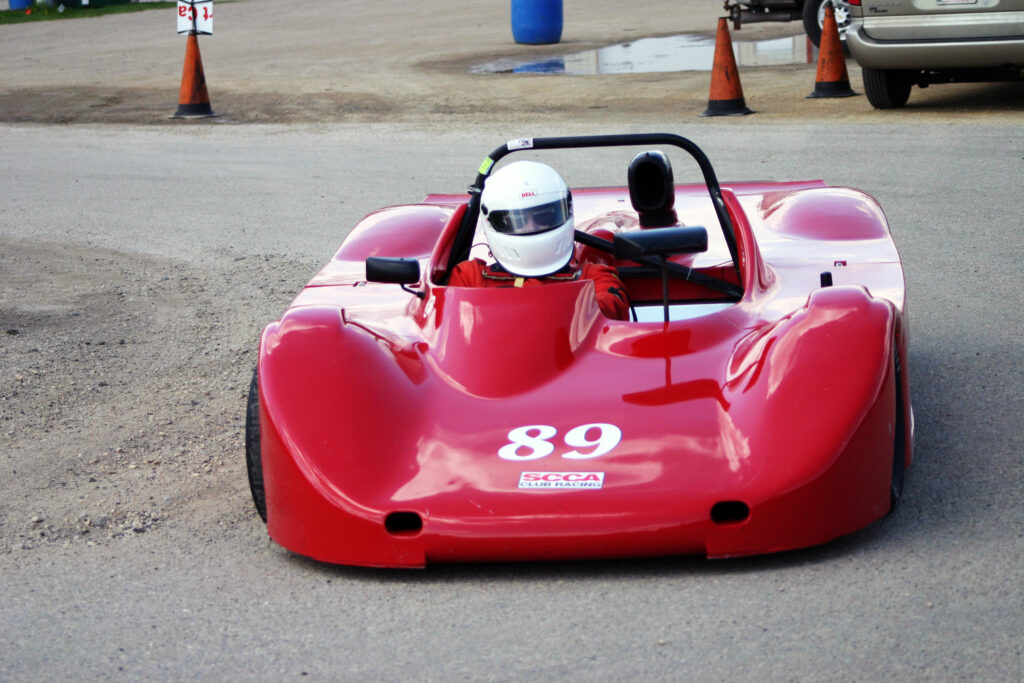
Hearing a bit about his history and what it meant to wrench with him had me hooked. I spent the winter heading to his place on weekends helping assemble cars, rebuild existing cars, and prepping yet others for the races to come.
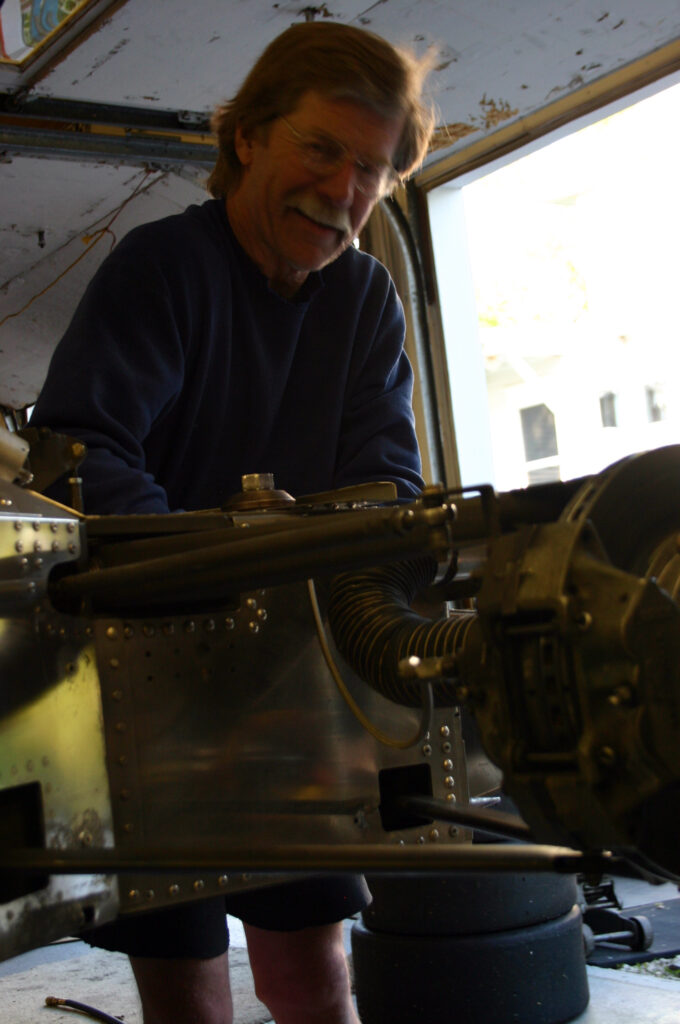
Things didn’t start perfectly, I wasn’t really ready to wrench on cars like these. My experience before this wasn’t noob level, I had nearly a decade of shade tree wrenching, and some more advanced tinkering on touring cars and track driving. The Sport 2000 is nothing like the above, it’s most often an aluminum monocoque fabricated with rivets to steel bulkheads and roll hoops with a stressed engine block and transaxle. The etiquette, better defined as mechanical sympathy required for working on these cars was totally different than street based race cars, and I wasn’t ready.
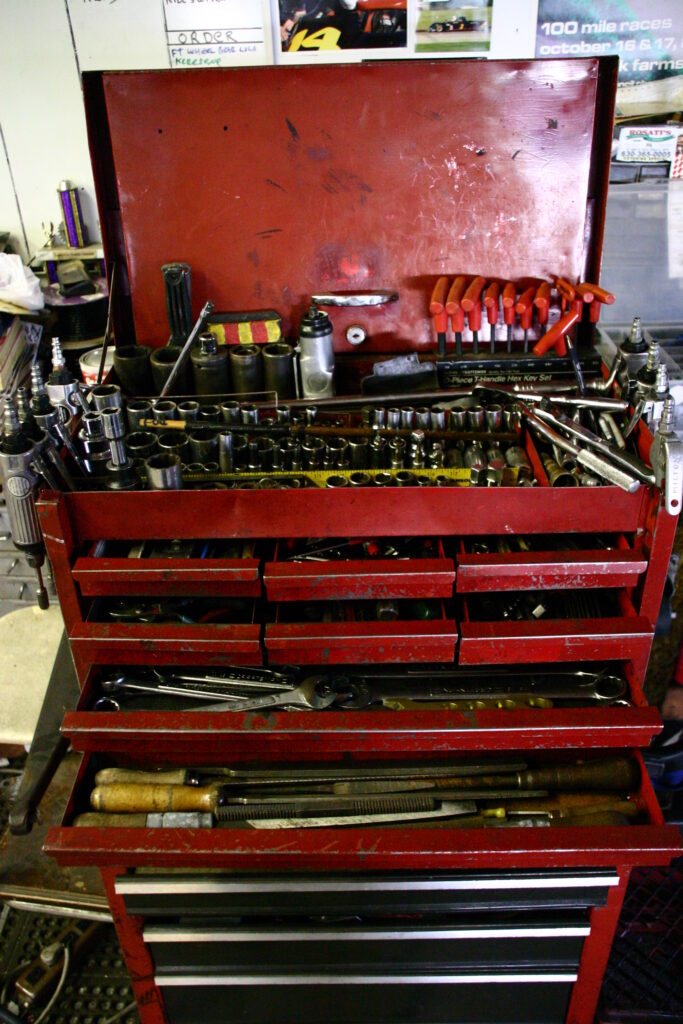
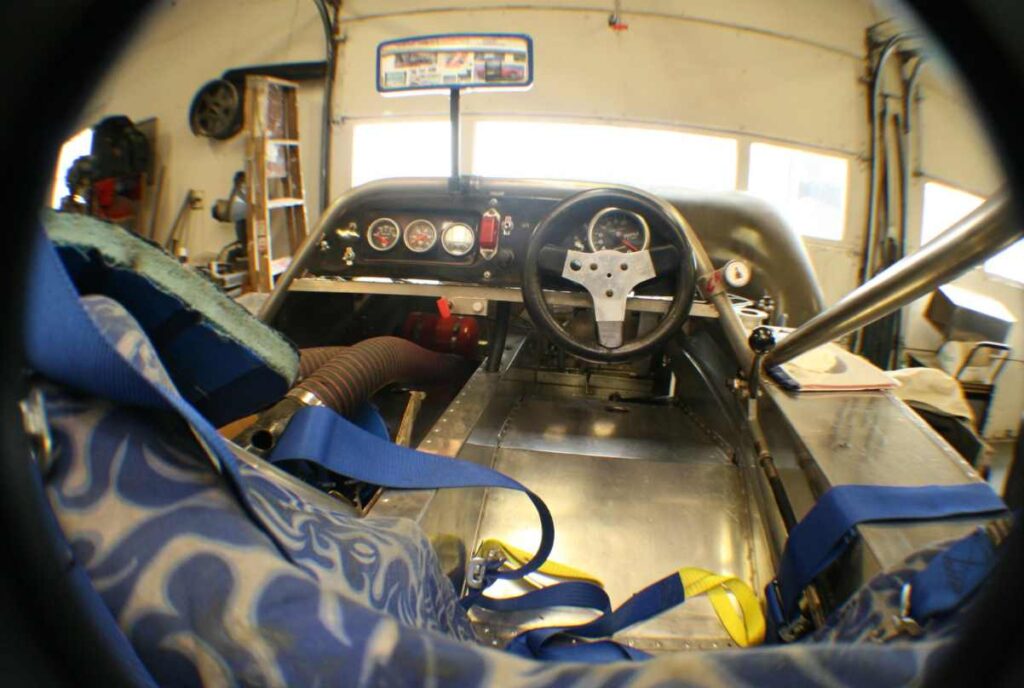
Raw aluminum requires care to protect, and setting tools on unprotected surfaces was a self inflicted mistake because by the end of the day you were polishing those surfaces or pounding out the dents from a lazy ratchet drop. Fasteners which I was happy to torque to spec and move on required tedious care to note their condition and replace if worn, wire tie the nut, and record the steps so the same thing won’t be done again.
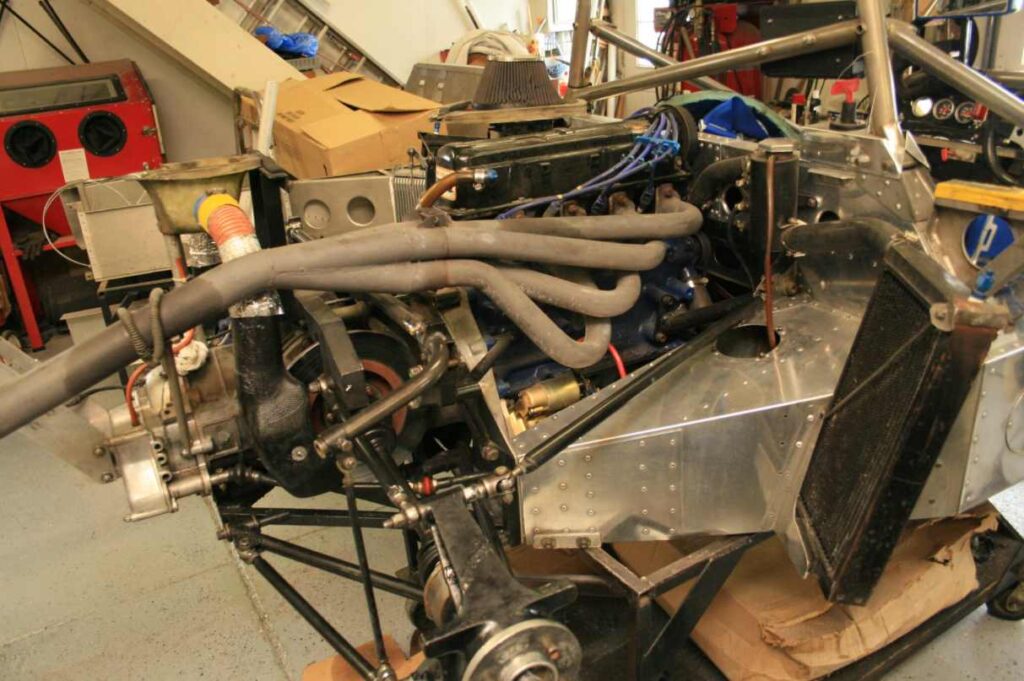
Systems which I previously simply visually inspected were gone over with a fine tooth comb whether they were worn or not. This was how you found a cracked upright, a bent control arm, or an almost ready to bind rod end. To be profitable racing cars, you can’t fold up shop on a Sunday, and cars were built, maintained and cared for with this in mind. This started with assembly and went all the way to alignment, with some processes being duplicated track side to confirm.
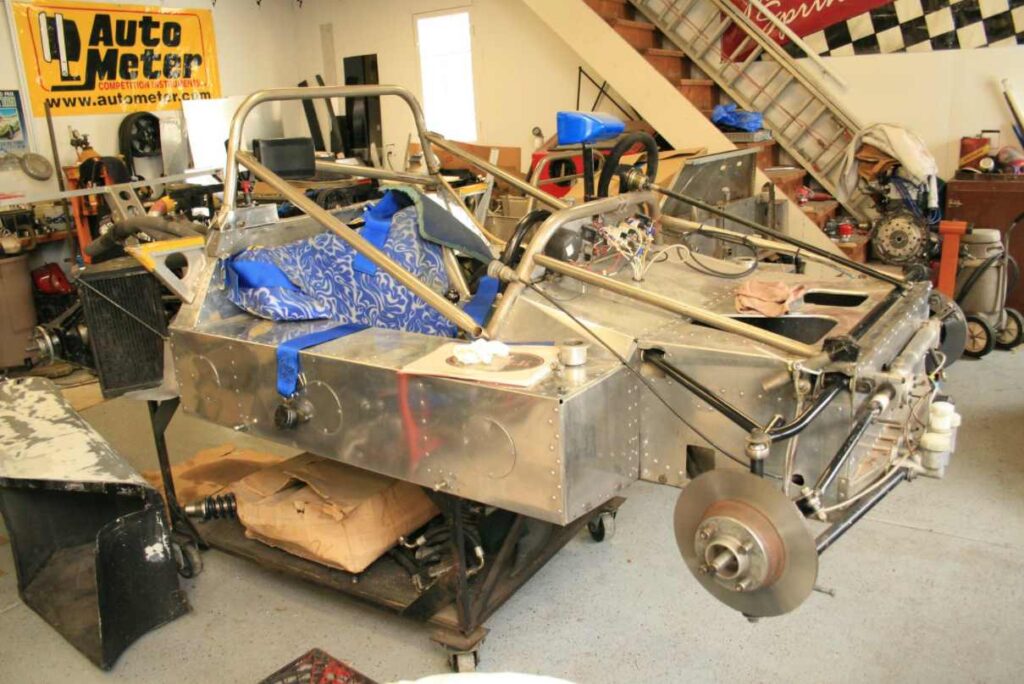
After a winter of learning the first season started. I had not yet finished constructing a car, nor was I ready to compete due to lacking a race license, but I was offered a position wrenching and doing data work on weekends, not a normal weekend, a race weekend, this often starts on a Thursday.
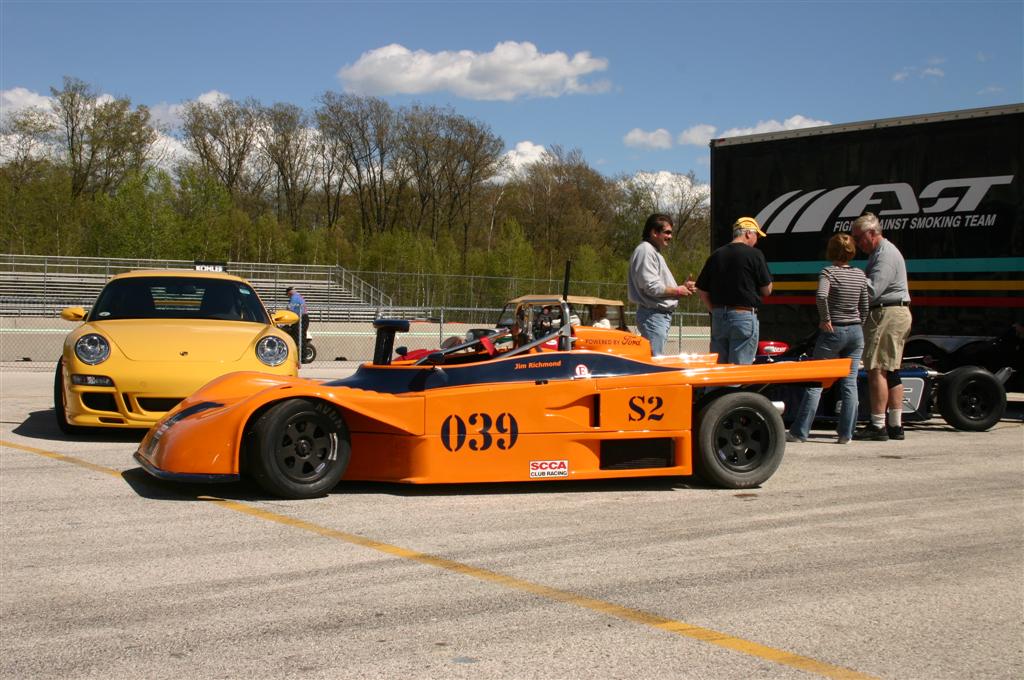
I missed many Thursdays due to working a normal job, or lacking the ability to schedule projects around being gone Thursday or Friday, but other times I committed to entire race weeks which saw a lot of commuting to and from the track or sleeping in the trailer. My snoring meant I was going nowhere near the totter home and that was ok with me, if your racing its generally good weather and besides the shrieking rev’s of race motors waking you up, sleeping under the stars was awesome.
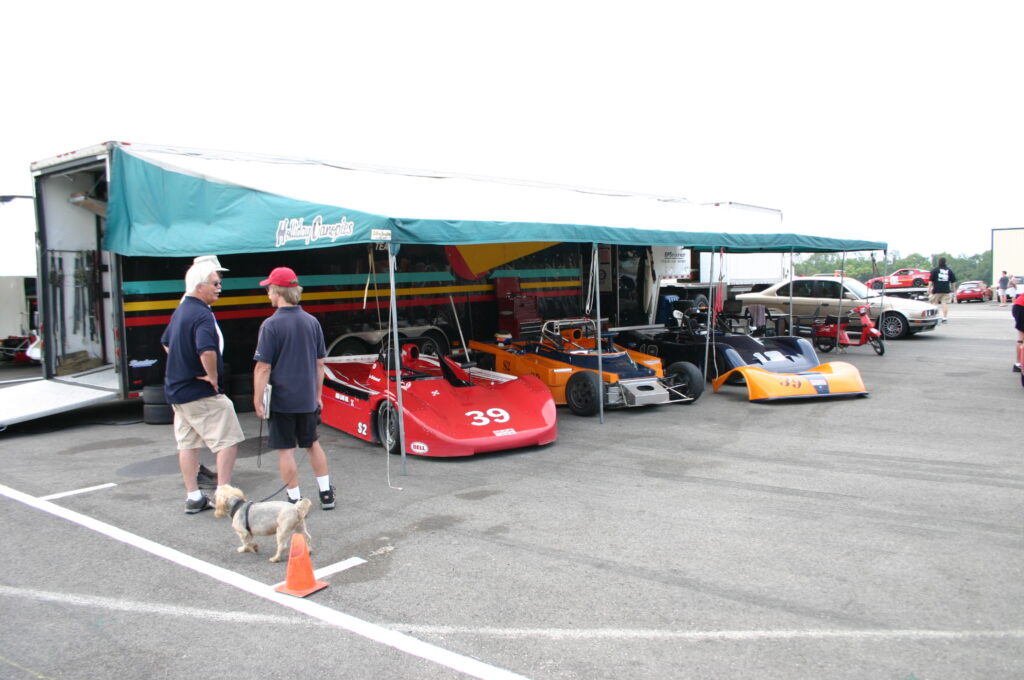
I would like to tell you about every race weekend, but to be honest they blur together. When I first joined the team they were still competing in SCCA weekends and those carried with them an air of competition and more stress, that is not to say Vintage racing wasn’t intense, but people have a greater respect for others cars with the goal of keeping the car unscathed to race another day.
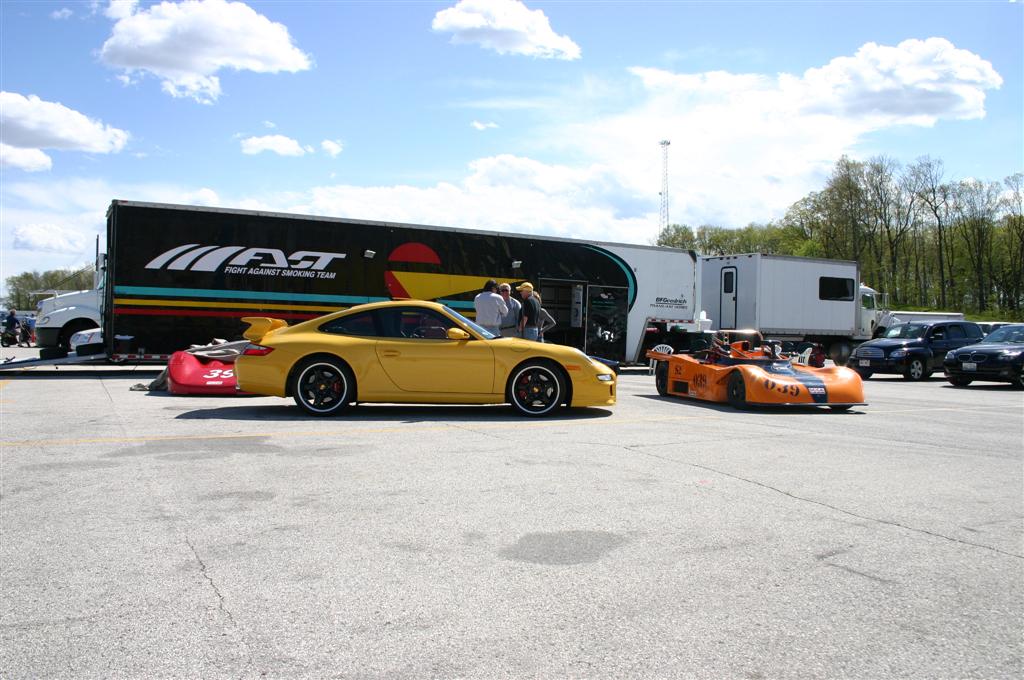
What sticks the most about that level of amateur racing was the logistics and driver management required for everyone to have a good weekend. On average it took a day to load the trailer, another day or two to get the rig to the track and a long morning setting up the rig while getting the first drivers into the early practice sessions and drivers meetings. Missing a session because of a bad brake bleed would leave a customers car one session less developed than the competition. If we needed to change gearset, or pads, or wing or sway settings we had one less session to verify such a change so it helped to have those settings, and setups dialed before arriving. That kind of knowledge can be engineered but to be at the tip of the spear requires years of correlation and validation. This is where decades of racing experience on a chassis or platform or particular set of rules can make all the difference. This was the type of knowledge Jim Kelly brought to the table.
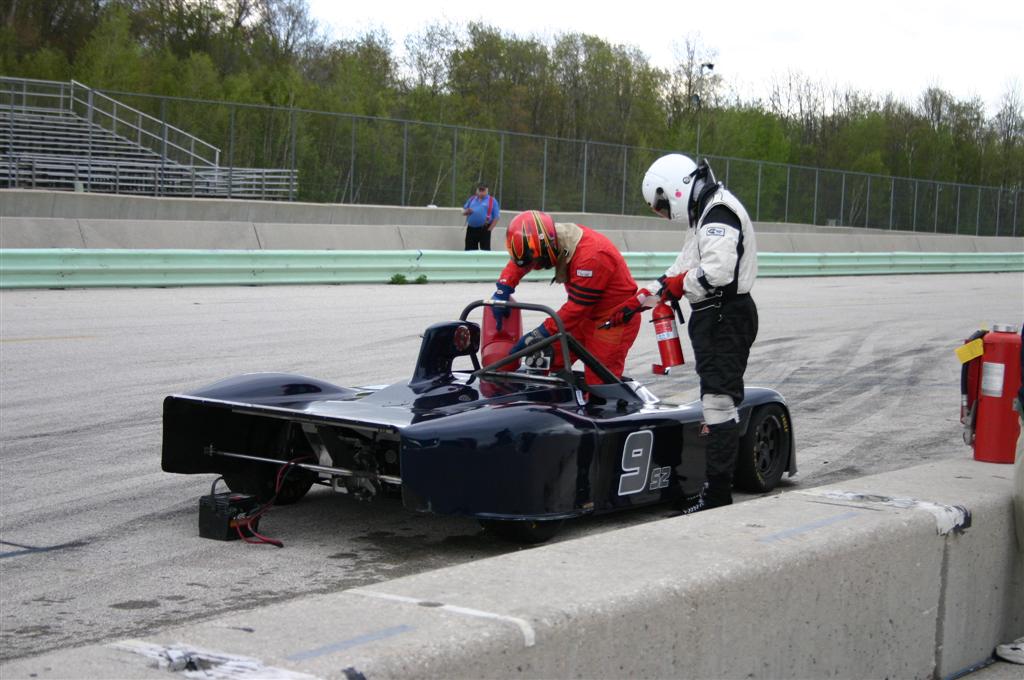
While I should have been a sponge, just absorbing all the knowledge, I often found myself flustered in the action of it all and trying to keep up and keep cars prepared for the next session, all while trying to constantly improve. Most often on SCCA weekends where competition was stiff and drivers had expectations about their performance, sometimes outside the available performance in the car. Cars were crashed, drivers went off, fires were started, some continued to burn, and people got hurt. Although these were minute risks at this level of racing, they were part of what raised the pulse.
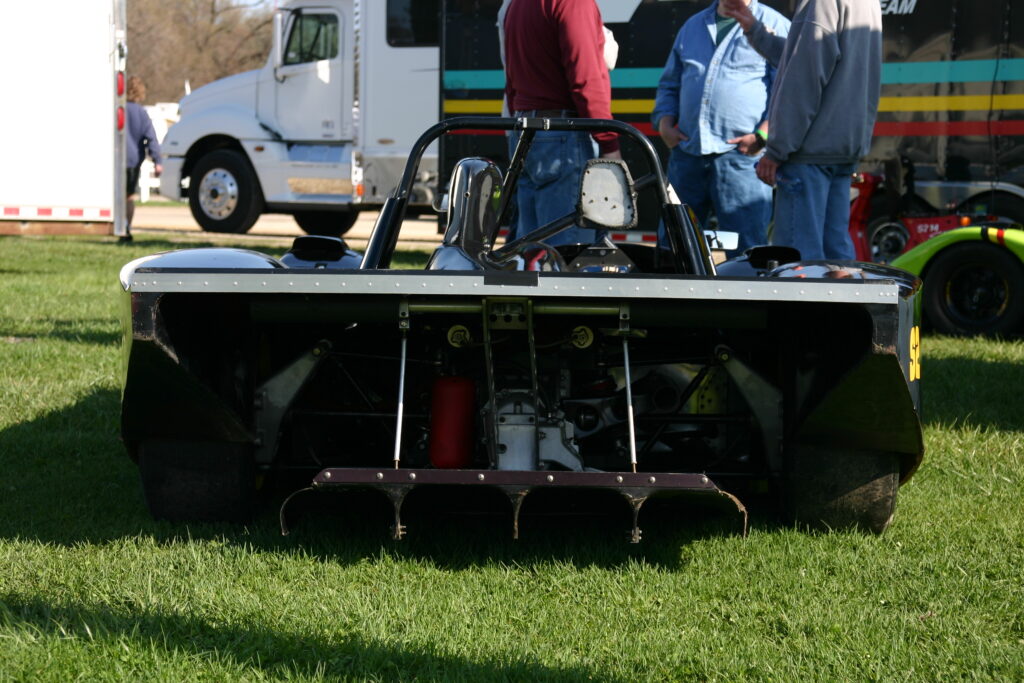
So what was I doing all this, well a few simple tasks that look a lot like manual labor. Everything done on a race morning leads to the final nut and bolt before the session starts. This starts by removing car covers, wrestling old dry hoosiers off and new ones on, unless Hoosier is at the event with a tire machine, then its a long walk or sketchy scooter ride with cart in tow. Then we start some basic systems checks, including topping off fluids and draining catch cans for both oil and coolant before testing the electrical system and leaving it on the charge before the session starts. If we have suspension setups or feedback from the day before those updates start now, be them wing changes, balance, sways, pads, or whatever was required to make the driver happy and or the car fast. These goals didn’t always align, not everyone can maximize the same setup.
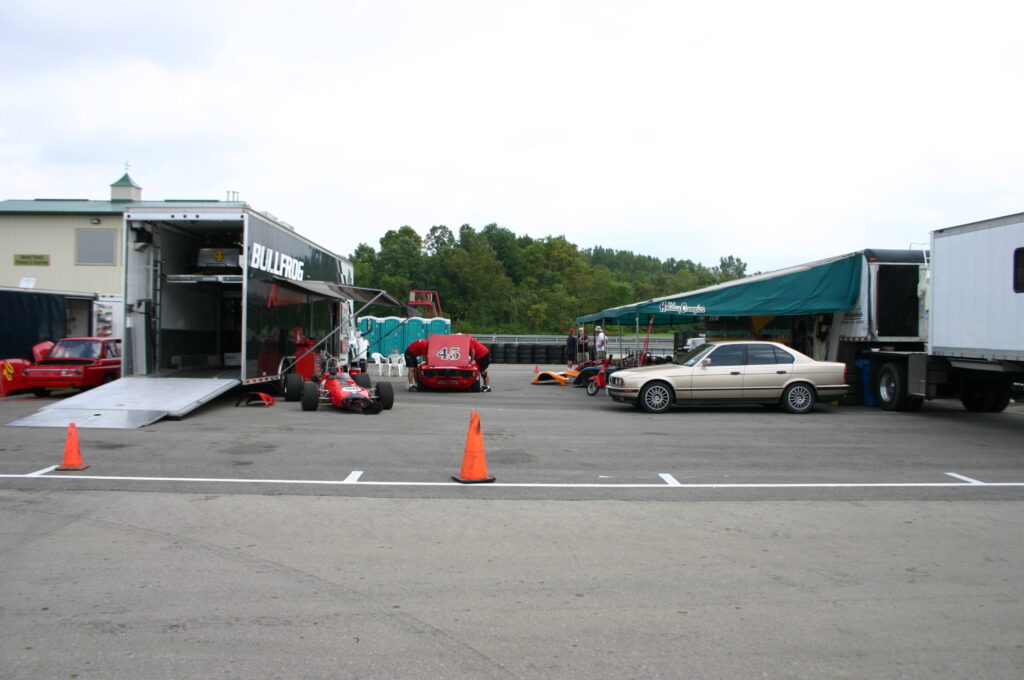
Then comes the Nut and bolt, which is exactly as it sounds, every nut or bolt is checked and confirmed as being tight, sometimes including review of previously wire tied hardware. This may sound insane, but reality is race cars are developed for this process, and the best cars can get back on track fast after problems occur. The process involved grabbing all required ratchets, sockets, Allen’s and spanners, and working your way corner to corner and outward from the cars centerline. Every wrench was within reach and patterns are created, noted, and repeated so next time things happen swiftly.
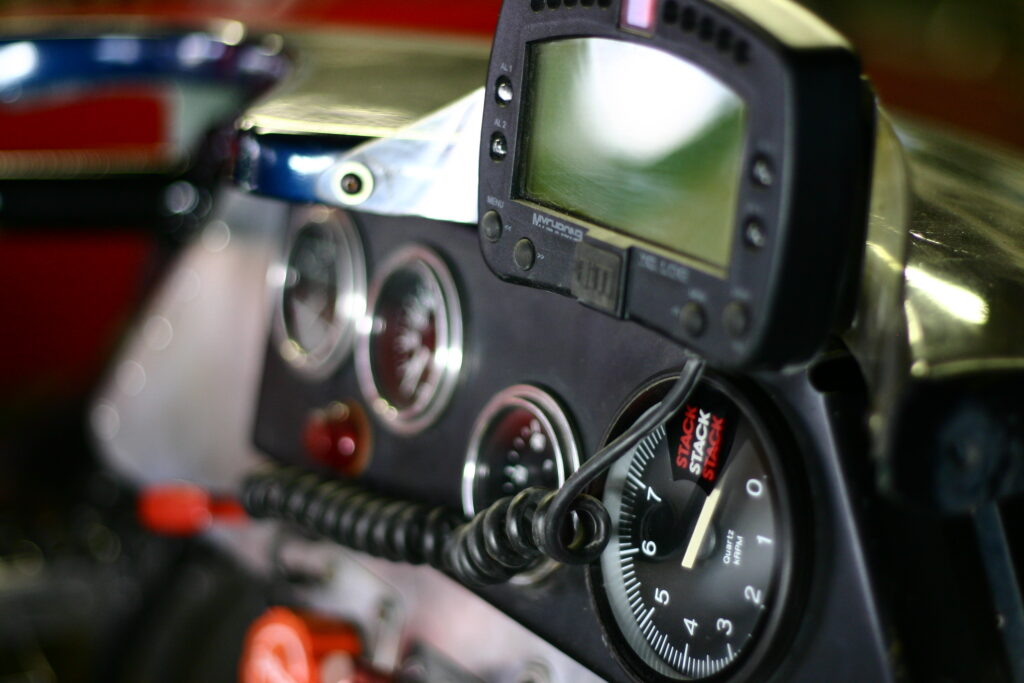
After all that is done, the driver is usually sitting in a lawn chair with helmet in hand going over the previous days notes waiting for their session to be called. Bodywork is lifted and carefully installed with dzus fasteners attached the driver is buckled in, engine started and pushed from the pit area.
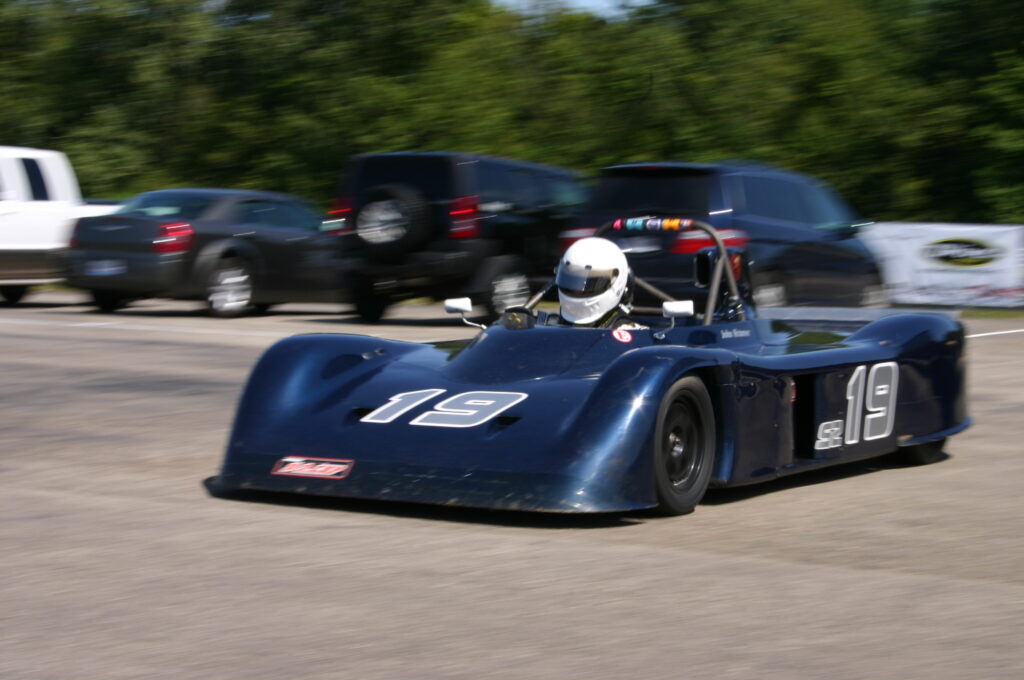
As a small team, the people on the pit wall are the people doing the wrenching and setup, so as soon as the driver would leave, we would grab the fire extinguisher, air tank, clipboard, radio, and stop watches and rush to the pit wall where we might wait for 2 laps before the driver would pull in and pressures were checked before being sent out to log fast laps or return to pit for changes. On race day things are similar except without the ability for last minute changes so your setup be right. Why bring the extinguisher? Drivers are made aware that if they see fire and are near the pits, we have an extinguisher so there is no doubt where to stop to reduce damage to themselves or the car.
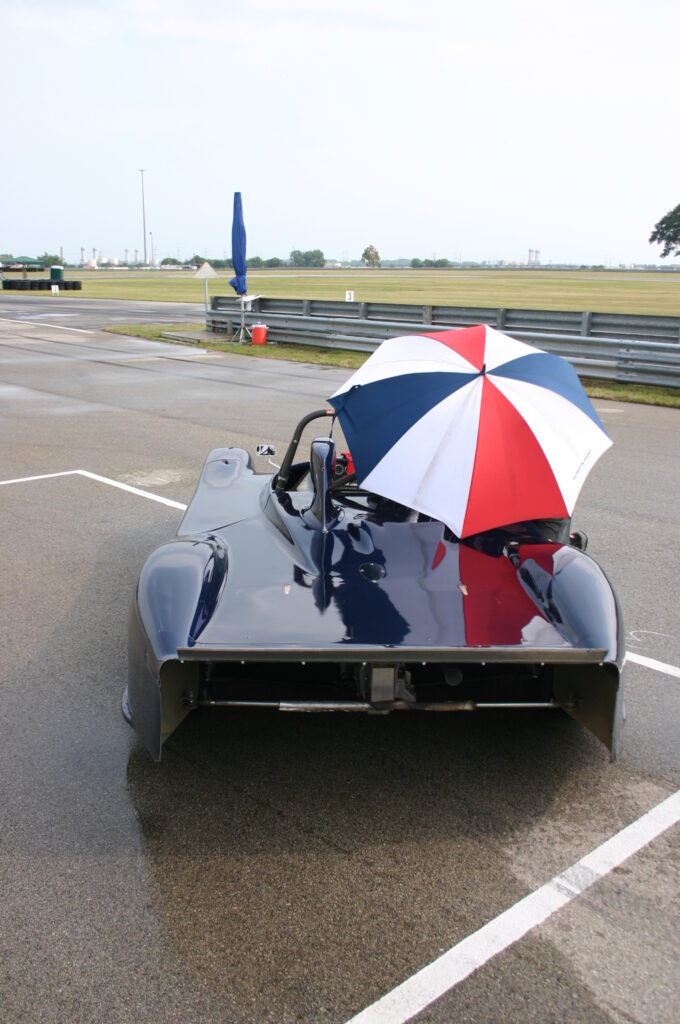
After a session or race the car returns to the pits, is put on stands, bodywork removed and the process starts again. If it is the end of the race weekend cars start being prepped for storage, with bad rubber disposed of at the track(lowest cost). If you are not going home and there is more racing to do the next step was the best part, but also where things get subjective.
When a driver returns to pit, their data is downloaded from the data logger which is mounted on every race car. These data loggers can include everything from suspension movement to engine oil pressure and brake pressure. These logs are compared with past sessions and a dialogue is started with the driver about the cars setup, their driving and how both can be maximized to accomplish the most.

You might think with such high resolution data coming back about a drivers actions and the cars performance that this would be the most objective part of a weekend. Of course nothing can be so simple, not every driver gets the most of the car in the same manner, one driver doesn’t like a car that feels loose in the rear on turn in another uses that looseness TO turn in. One drivers has too much front grip at session start the other too little. As a team looking at everyone’s data we can overlay and see where a driver is faster where they are slower. We could just say ‘hey your braking 10ft too early, the other driver is carrying 5mph more corner speed’, the problem is we are not in the car we are not feeling what the driver feels, and assuming there is no egregious driver error were still talking about the differences of 1 second broken up among 8-20 turns.
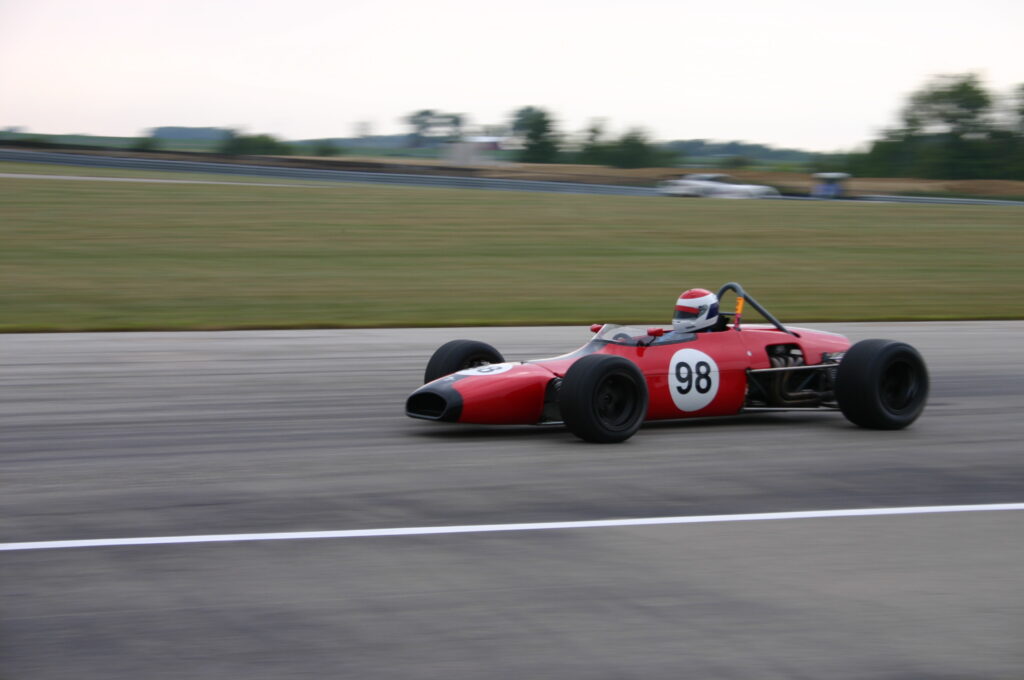
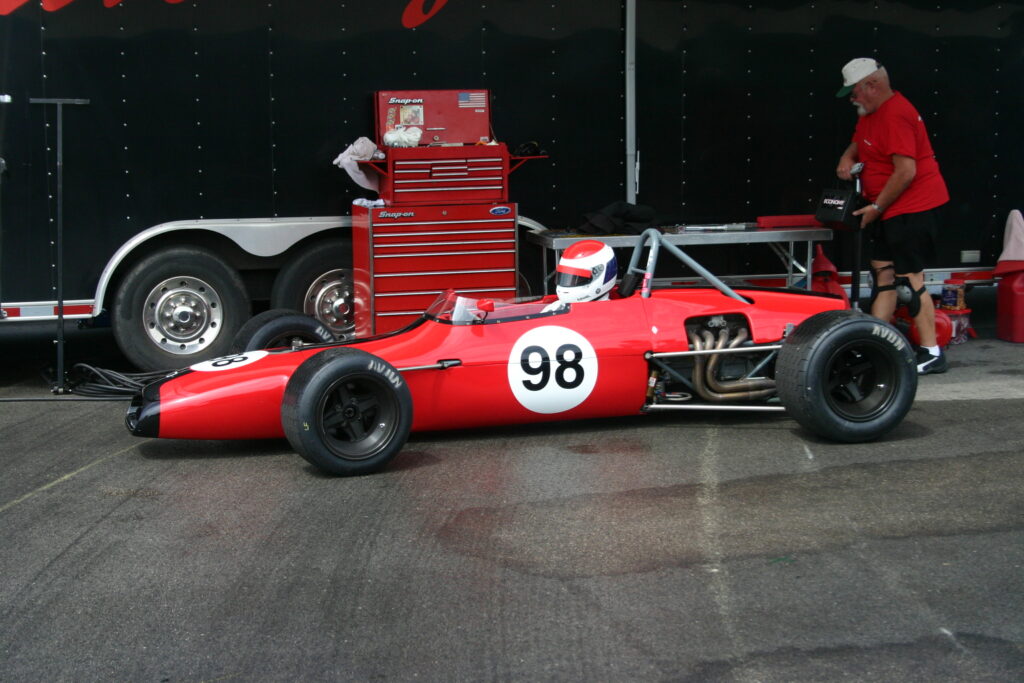
Some drivers carry more corner speed being comfortable with a loose car but their exit speed suffered because on exit their loose car couldn’t get more power down as it was already heavily in slip. Other differences were more nuanced, say the carousel at Road America. One driver might come in with 5mph more a gear up but loose grip on exit with 10mph more speed requiring steering input and a reduction in speed by the kink compared to someone who comes in a gear lower and shifts up before the kink. These differences can be 1/4 second or 1/10th of a second, but they always add up. They never add up if you can’t accomplish the steps of informing the driver of the advantage to be gained in a way which they can accomplish it with the car they have. In racing a team doesn’t win by being right while the driver feels wrong, you win together by working together at a shared goal.
Sometimes you win, sometimes you lose. Jim’s drivers were often fast and he and his team often won. Jim only drove with the team on enduro’s where I handled the pit with other drivers until his return. His speed is often excellent and consistent, it was a joy to watch and work with him and his team. Some new work and changes around the house meant I would start doing more in my own local shop, building a few street cars and a race car, not to be my last. Jim donated the tubing for that first car, and time with the bender which made my car possible. I would go against Jim’s advice by building a Formula Vee, and I paid the cost, the car would ultimately be too big and heavy for my body size and too costly adapt to a different wheelbase with lower drag.
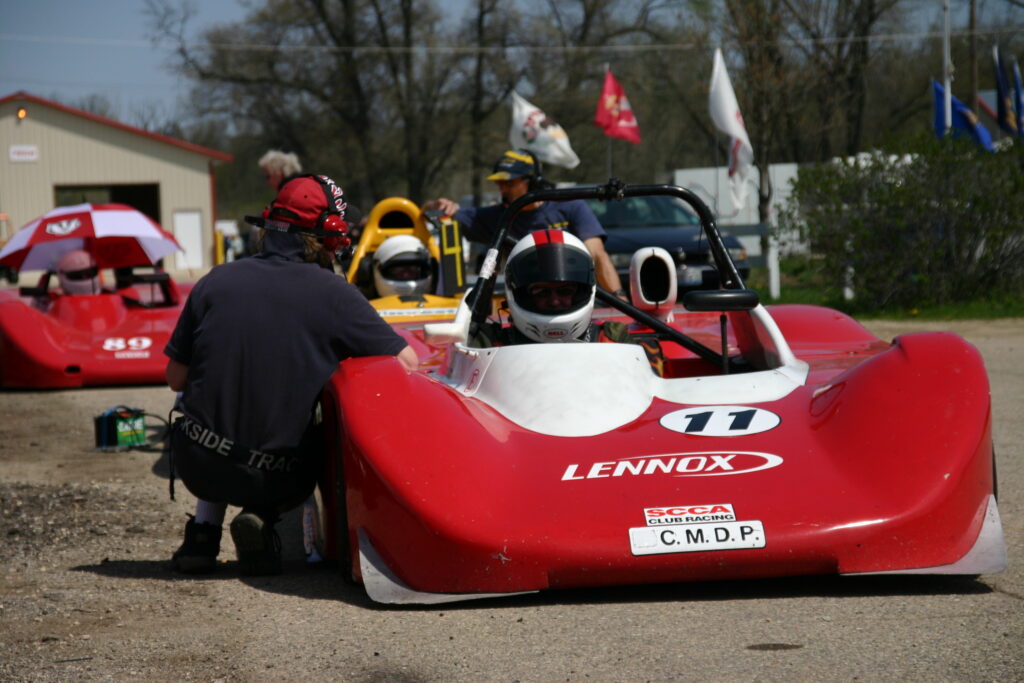
If you are considering working with a race team, do it, if you want to win racing Sport 2000’s contact Jim Kelley at Speed Unlimited Racing. https://www.facebook.com/Speed-Unlimited-Racing-255432164500226/
All photography unless otherwise listed by: Josh Gore
